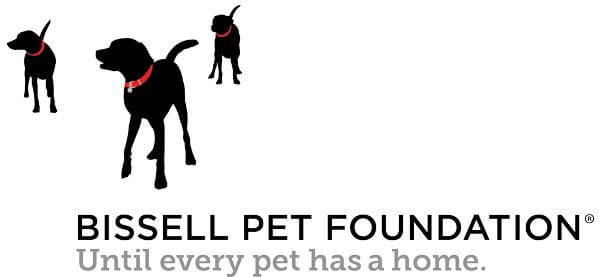Some claim dogs see the world much the way human toddlers do. But there are interesting differences. When you point at an object, for example, a toddler will focus on the object. A dog, on the other hand, usually interprets pointing as a directional cue.
Researchers from the Department of Ethology at Eötvös Loránd University in Hungary conducted a study on how dogs see the world. They uncovered explanations for this phenomenon by using two behavioral tests to measure spatial bias in 82 dogs:
- One task involved two plates and a treat. The dogs had to determine whether the treat was always on the right or left plate, over a maximum of 50 trials. In this test, they learned a location.
- In the second task, researchers used two types of plates: a white round one and a black square one. Both plates were placed in the middle of the space.
Researchers gave the dogs only one type of plate to eat from. However, they exposed the dogs to each plate in a semi-random sequence. This test taught the dogs about the properties of the plates.
The study measured how quickly the dogs ran to the correct plate. Researchers found that the dogs learned faster when the treat was placed to the right or left. This forced them to choose which direction to go.
The dogs had more difficulty with the second test. They had to remember whether the treat was on the white/round or black/square plate. The spatial bias measure showed that the dogs learned faster about the location of the plates but were slower to learn about the features of the plates.
This study uncovers fascinating new facts about how dogs see the world, and how they learn. This can help us better understand our canine companions.
What does “spatial bias” mean?
Spatial bias is the phenomenon of interpreting information in relation to space, location or distance, when the same information could as easily apply to an object.
“This is manifested in the way dogs and children react to gestures when we show them the position of an object,” says Ivaylo Iotchev, the study’s first author. As mentioned , toddlers will focus on an object you point at, while dogs will interpret the pointing as an indication of direction.
“Regardless of the intention of the person giving the cue, the meaning for children and dogs is different,” says Ivaylo.
Post Views: 101
AUTHOR PROFILE
Animal Wellness is North America’s top natural health and lifestyle magazine for dogs and cats, with a readership of over one million every year. AW features articles by some of the most renowned experts in the pet industry, with topics ranging from diet and health related issues, to articles on training, fitness and emotional well being.
Source: Animal Wellness Magazine












